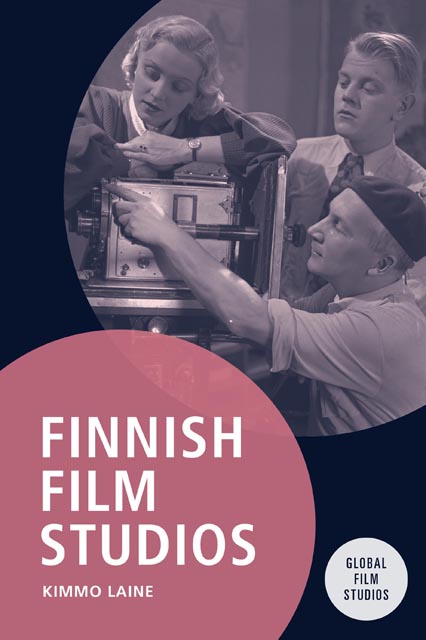1 - Introduction
Published online by Cambridge University Press: 13 April 2023
Summary
Finnish cinema is a typical European small-nation cinema. According to the twelve-volume Finnish National Filmography, 1,128 feature films were produced between 1907 and 2000. In addition to feature films, thousands of short films were made, partly due to the demand for newsreels, actualities and other topical material and partly because of a tax reduction system (1933–64) that made it economically lucrative for cinema owners to include a domestic short film as part of a screening.
Production of feature films has been relatively steady over the decades, with a few low points and a few high points. Among the low points were the years between 1916 and 1919, when first a filming prohibition imposed by the Russian authorities and then, after Finnish independence in 1917, the fierce civil war of 1918 caused a break in film production; the early 1930s, when worldwide recession, the coming of recorded sound and the internal crisis within the leading production company, Suomi-Filmi, temporarily decreased production volume; and the early 1970s, when film attendances radically dropped while the film subsidy system was still at a rather modest level. The major high points have been the mid-1950s, when studio-based production overheated just before collapsing, and the 2000s, when domestic cinema saw a new rise in popularity. With the exception of these anomalies, a typical yearly production volume has varied roughly between ten and twenty feature films.
As a small-nation cinema, Finnish film culture is in many ways comparable to that of other Nordic countries, despite some apparent differences. Unlike Denmark in the 1910s and Sweden in the late 1910s and early 1920s, Finnish cinema has never experienced an internationally acknowledged ‘golden age’. No international film stars in the league of Greta Garbo or Ingrid Bergman have come from Finland, nor has the country produced internationally recognised auteurs like Carl Theodor Dreyer or Ingmar Bergman, at least not before Aki Kaurismäki’s festival and art house success in the late 1900s and 2000s. Yet the similarities between Nordic countries are significant. Despite periods of international success, most Nordic films have been produced mainly for domestic markets. The mutual closeness of the Scandinavian languages has made it easier to distribute Swedish, Danish and Norwegian films to neighbouring countries than Finnish ones, since the Finnish language is totally incomprehensible to other Nordic peoples.
- Type
- Chapter
- Information
- Finnish Film Studios , pp. 1 - 12Publisher: Edinburgh University PressPrint publication year: 2022

